Your shower regimen should be seasonal
Taking a shower is an everyday habit you probably don’t think too much about. You turn on the water (a little warmer in winter), lather up, rinse, and dry off with a towel. But there’s a little more to the process say skin experts: They reveal the nine most common mistakes you make in shower in the winter, from taking long, hot showers to moisturizing wrong.

Mistake #1: Taking long, hot showers
A nice steamy shower after a long day in subzero temperatures sounds like a good idea, but it comes at a cost. “Taking too long of a shower can dry out our skin and lead to itchiness,” says Deanne Mraz Robinson, MD, a board-certified dermatologist and president and co-founder of Modern Dermatology in Westport, Connecticut. Try to limit your shower time to five to seven minutes and keep the temperature below 99 degrees Fahrenheit. Anything higher can strip the skin of its essential moisture and deplete the natural protective barrier of your skin, which can lead to impairments in the skin’s moisture. This is the healthiest temperature for your shower, according to science.
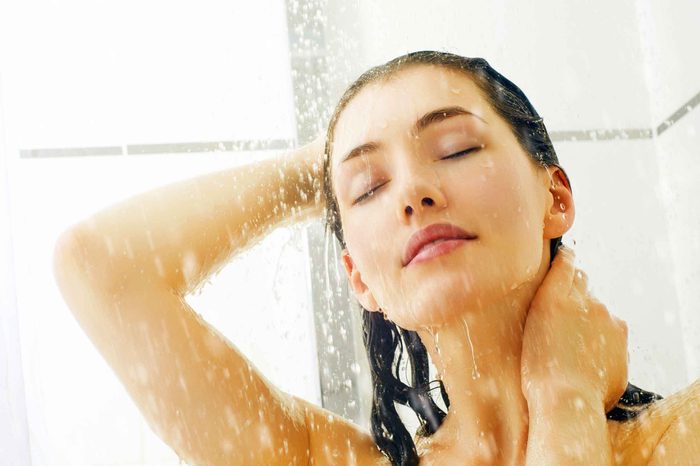
Mistake #2: Showering too often
It’s no secret that freezing temperatures and cold wind can take a toll on your skin, but so can showering too often. “Overshowering can lead to dryness, redness, and irritation of the skin, and even precipitate skin conditions such as eczema,” Dr. Robinson explains. Based on your activity level, showering every day may be overkill. For the average adult, showering every other day is sufficient to cleanse the skin without stripping away the skin’s natural moisture. Here’s more inspiration for cutting back on your showers (including that it will help preserve your hair color.)
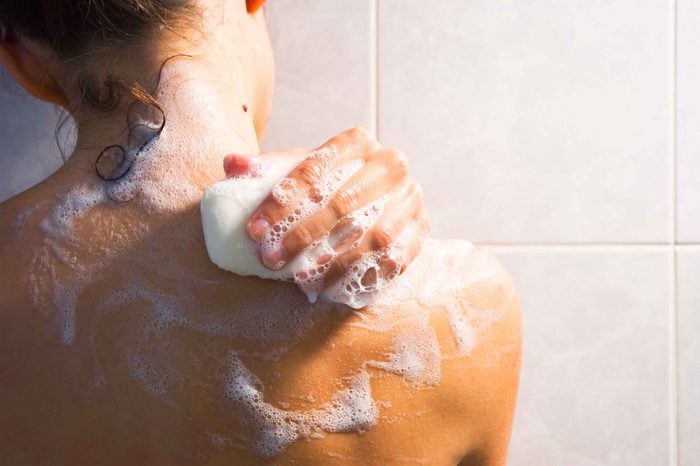
Mistake #3: Using the wrong cleanser
Ditch the bar soap. “Traditional bar soaps can strip the skin of its natural oils, leading to dryness,” says Dr. Robinson. Instead, opt for a rich, soap-free formula, such as Olay Ultra Moisture Body Wash. For an extra moisturizing dose, finish with an in-shower lotion like Jergens Wet Skin Moisturizer that you apply and rinse off in the shower.
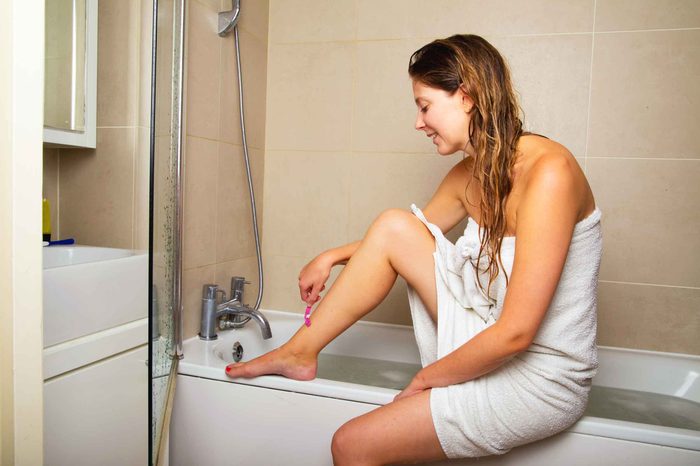
Mistake #4: Lazy shaving
Maybe you shave less in the winter—or maybe you don’t shave at all. Before you do pick up the razor, don’t forget to gently exfoliate first. Not only can a buildup of dead skin lead to a dry, less smooth appearance to your legs, but it can also trigger ingrown hairs and irritation, according to Dr. Robinson. She also warns against dry shaving; instead, do it in a warm environment (like the shower) to open your pores for a closer, smoother result.
You’ll also want to use emollient shaving cream. “The good news is that shaving creams are soothing and many can help the shaving process,” explains Elizabeth Tanzi, MD, board-certified dermatologist and founder of Capital Laser & Skin Care in Chevy Chase, Maryland. If you have sensitive skin, Dr. Tanzi suggests a nourishing formula with oatmeal, such as Aveeno Therapeutic Shave Gel. Lastly, be sure to change your razor blade after a few uses to keep bacteria at bay and prevent the nicks you’re more likely to get from a dull blade. The Venus & Olay Razor has built-in moisturizing strips to soothe skin with every stroke.
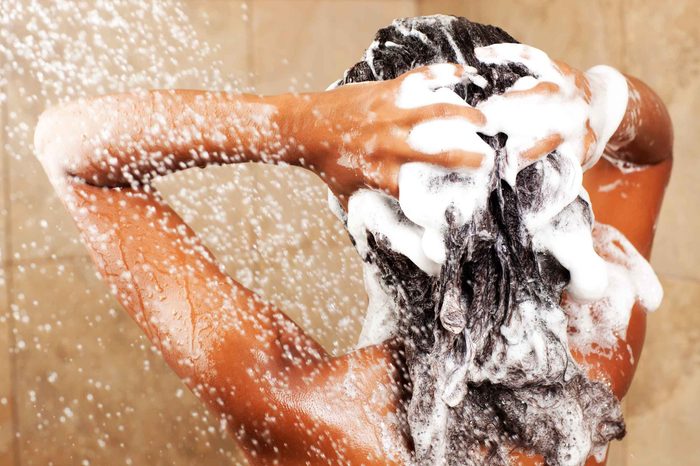
Mistake #5: Washing hair too frequently
Like the body, hair does not need to be washed every day. Instead, Dr. Robinson recommends opting for every other to every third-day regimen of shampooing and conditioning. If oily roots are a problem, use a little dry shampoo for a cleaner coif in seconds. Here’s are some more tips for healthy hair.
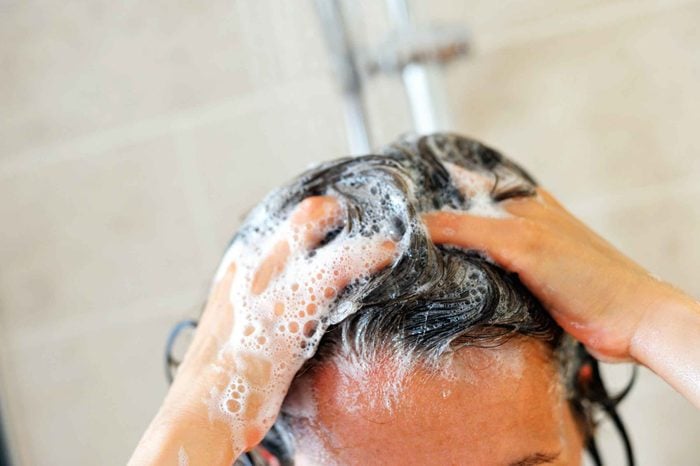
Mistake #6: Shampooing too vigorously
“Oil is produced from the scalp around the roots of our hair, so concentrate shampoo on the scalp to about mid hair shaft,” says Dr. Robinson. And while you definitely want to give your scalp a good thorough scrub, you don’t need to scrub it too harshly. Scrubbing your scalp too hard can cause irritation, inflammation, and even bleeding, along with the risk of infection. Find out if it’s bad to sleep with wet hair after a shower.
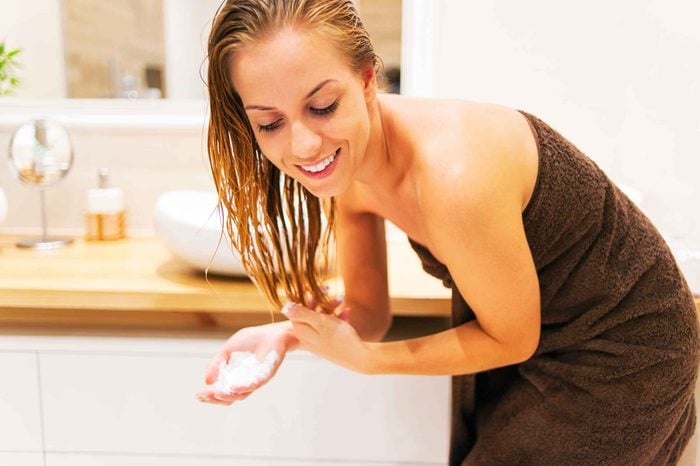
Mistake #7: Skipping conditioner
Lack of humidity in winter not only dries out your skin, but it can suck moisture from your strands too. “It’s important to increase the moisture factor of your shampoo and conditioner in the winter to help reduce static and flyaways,” says Dr. Tanzi. The ends of your hair receive the least amount of natural oil, which travels down from the scalp, so they need the most hydration. Dr Robinson recommends concentrating conditioner at those dry tips. And if your strands are feeling super parched, try adding a weekly nourishing treatment, such as Neutrogena Triple Moisture Deep Recovery Hair Mask, or Moroccanoil Intense Hydrating Mask for deep conditioning, into your routine. (Don’t miss the myths about your hair that you need to stop believing).
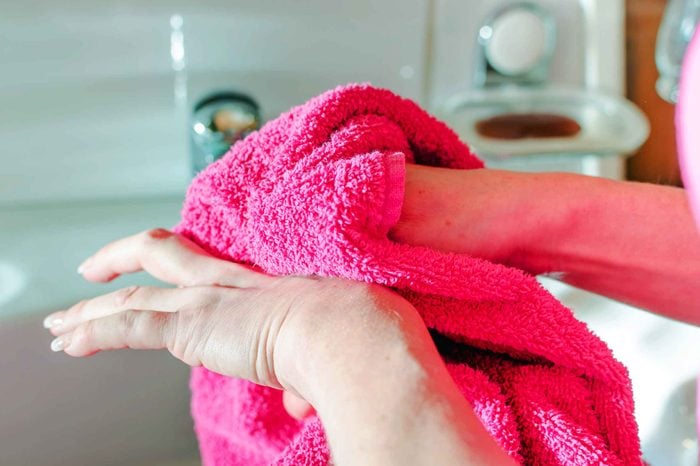
Mistake #8: Drying off too roughly
Again, this is your body, so you don’t want to dry yourself so roughly that you actually damage your skin. Dr. Tanzi recommends patting yourself dry with a soft towel, rather than rubbing vigorously—otherwise you risk irritation and over-exfoliation. Don’t forget to moisturize right after toweling off to lock in hydration (more about that next). Check out the derm-approved tricks to keep your hands soft all winter long.
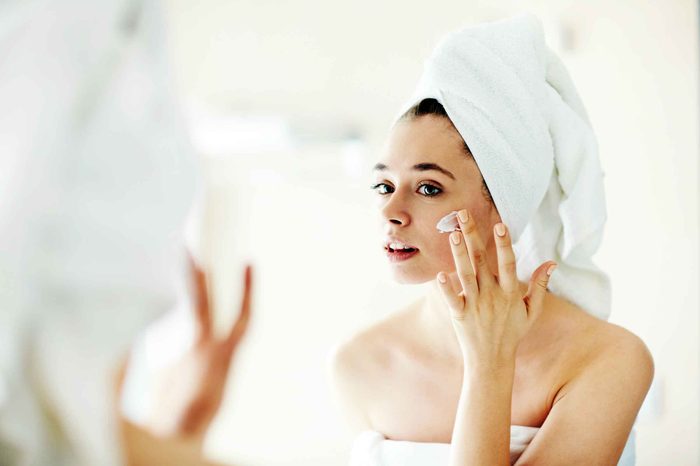
Mistake #9: Moisturizing wrong
Frequent showering combined with winter weather can lead to dryness or xerosis, which can compromise the skin’s barrier function, leading to overly sensitive skin and exacerbating skin conditions such as eczema. The solution, according to Dr. Robinson, is to use a ceramide-based moisturizer, such as Aveeno Skin Relief Moisture Repair Cream or CeraVe Moisturizing Cream, which actually repairs the skin’s natural barrier. The best time to moisturize skin is right after you shower when your skin is still damp. “Periodic application throughout the day is helpful too, but the most important application is after cleansing,” says Dr. Tanzi. And when it comes to how much moisturizer you need for your entire body, she recommends a shot glass full—the same as SPF. Here’s how moisturizer ingredients work.
